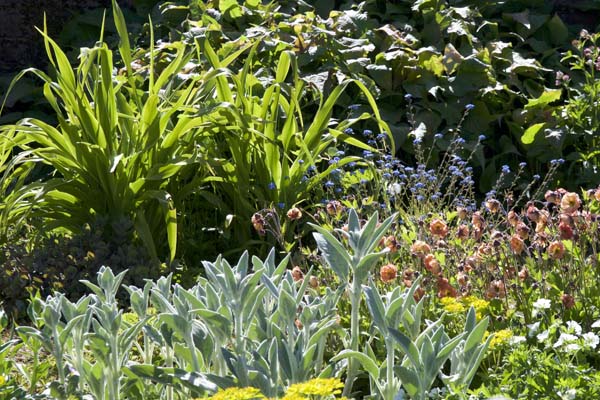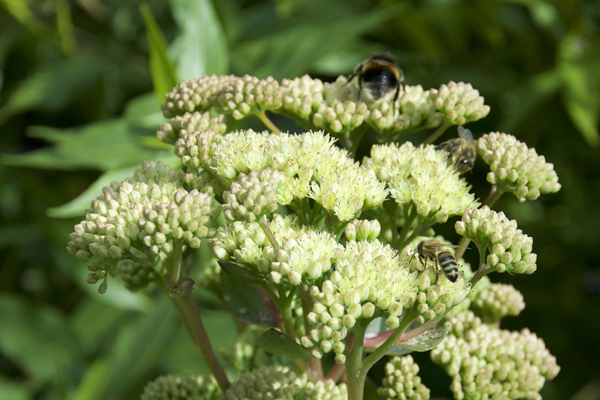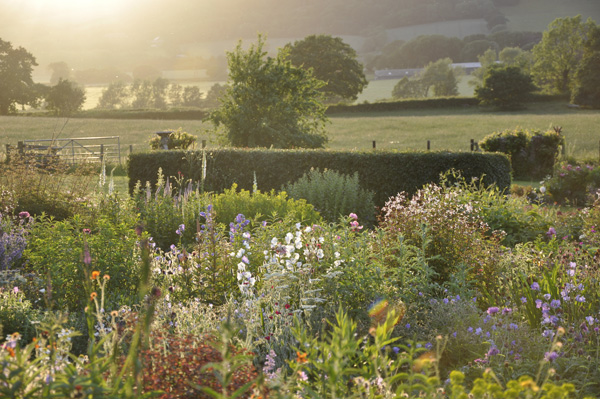How To Grow Irises
Irises are beautiful, often flamboyant plants that are easy to grow given the right place. There are three types of irises; ones with beards, ones without beards and ones that grow from bulbs. The most flamboyant types, Bearded irises - those with a caterpillar of hairs on the lower petals - like a well-drained, sunny site.
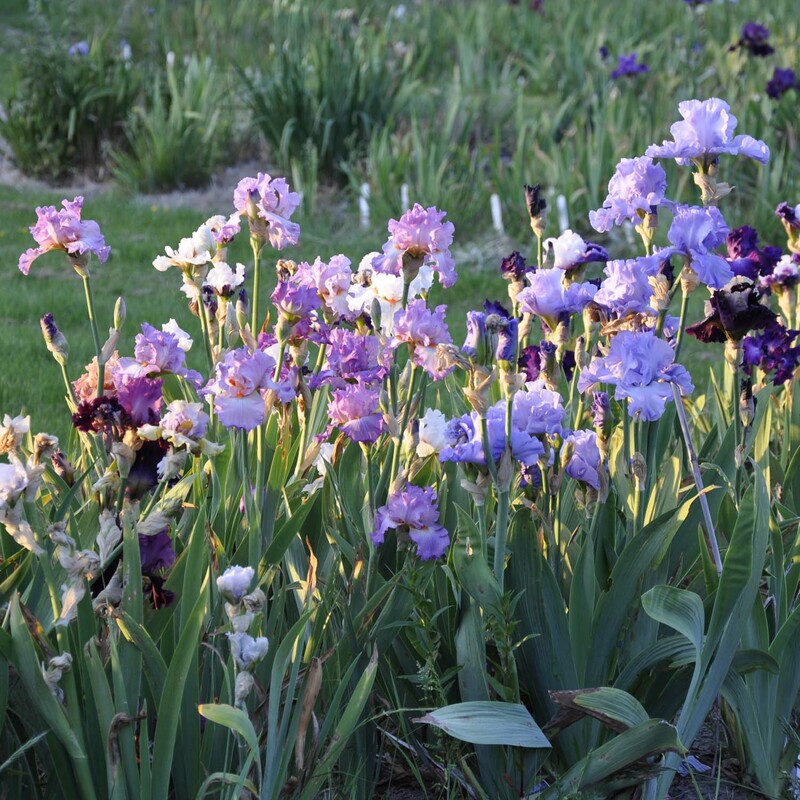
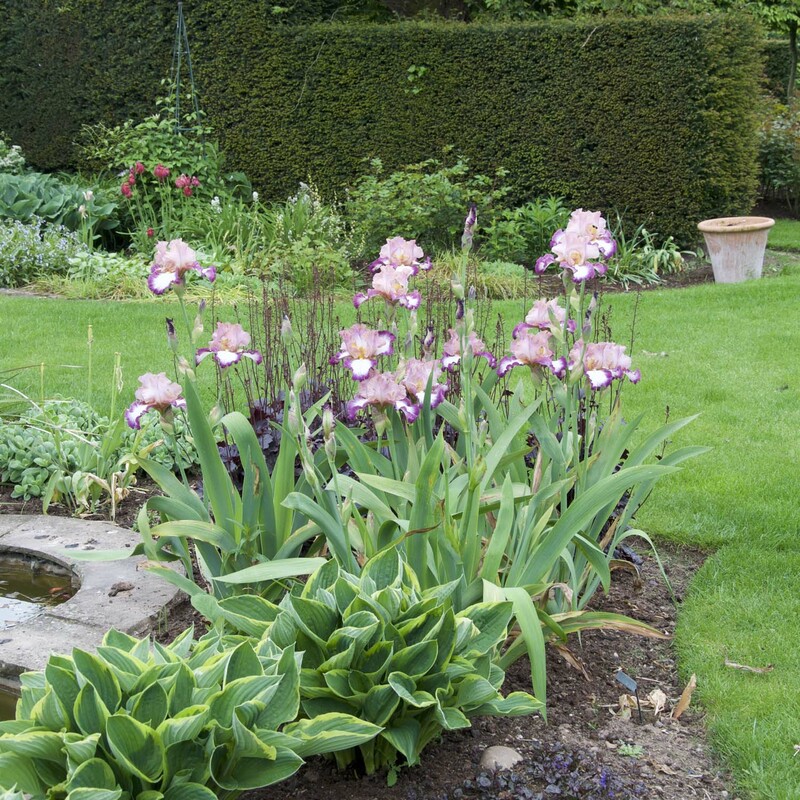

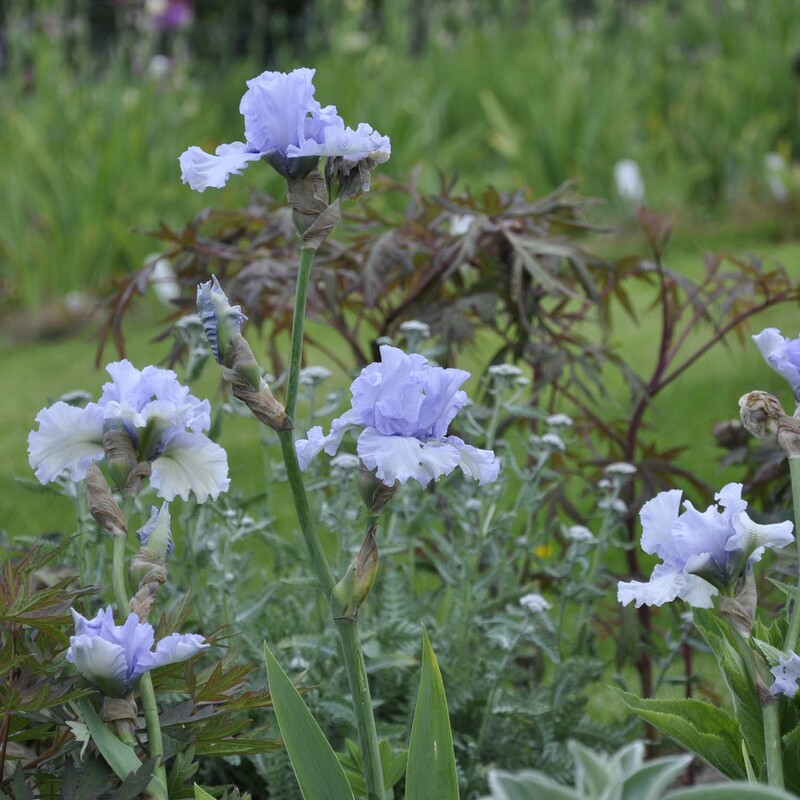
How To Grow Bearded Irises
A little overhead shade is okay in warmer southern counties, but like many plants they will chase the sun. Also, the rhizomes tend to rot in wet soils, such as heavy clay. So add sand or grit to increase drainage or plant them in raised beds. As they have a large root system they do not do well in containers.
Irises are very easy to look after, providing a few rules are followed.
- Plant all irises in the right place
- Do not mulch, this will rot the rhizome.
- Flower stems can be cut, or snapped off, if wished after flowering, but it’s not necessary.
- If lots of brown spots appear on the leaves Bearded, this is Leaf Spot. It appears in wet weather, and usually in late summer. Spray with a fungicide and remove very damaged leaves.
- Divide bearded irises every 3 years to promote flowering. If the flowers start to decrease on beardless irises, divide them to increase vigour

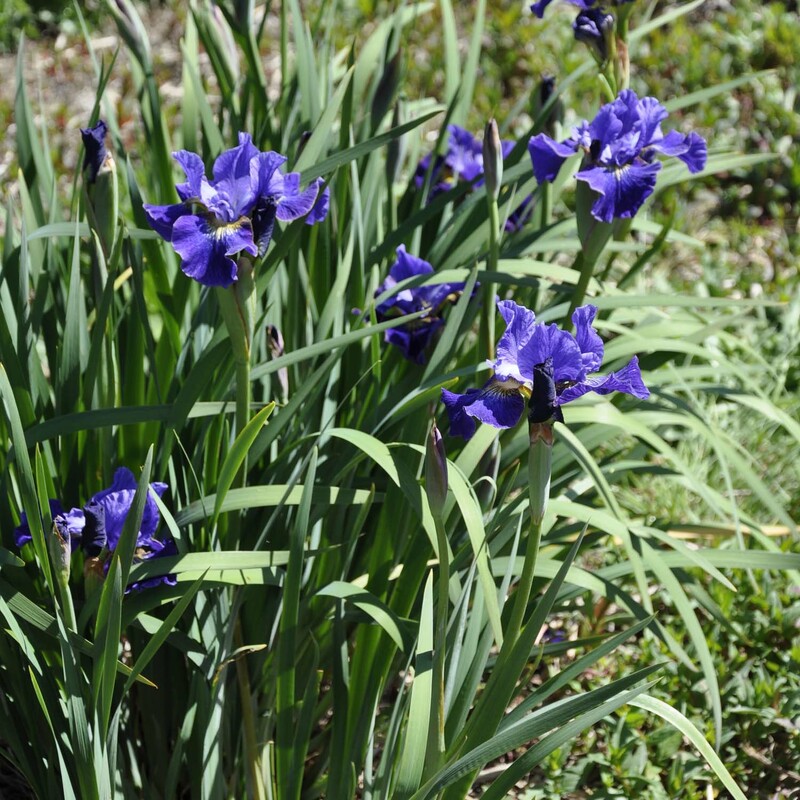
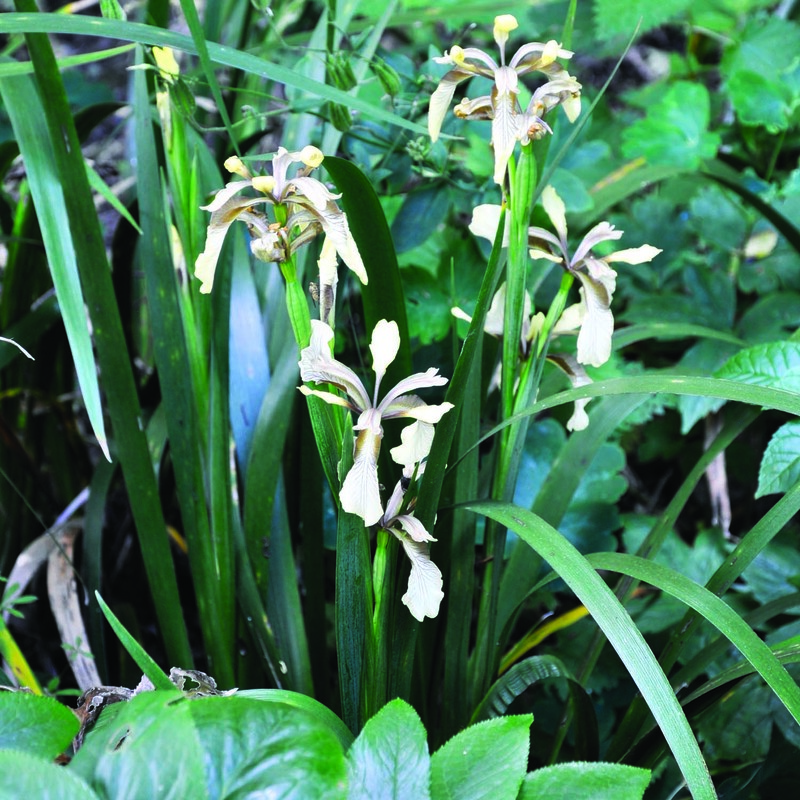
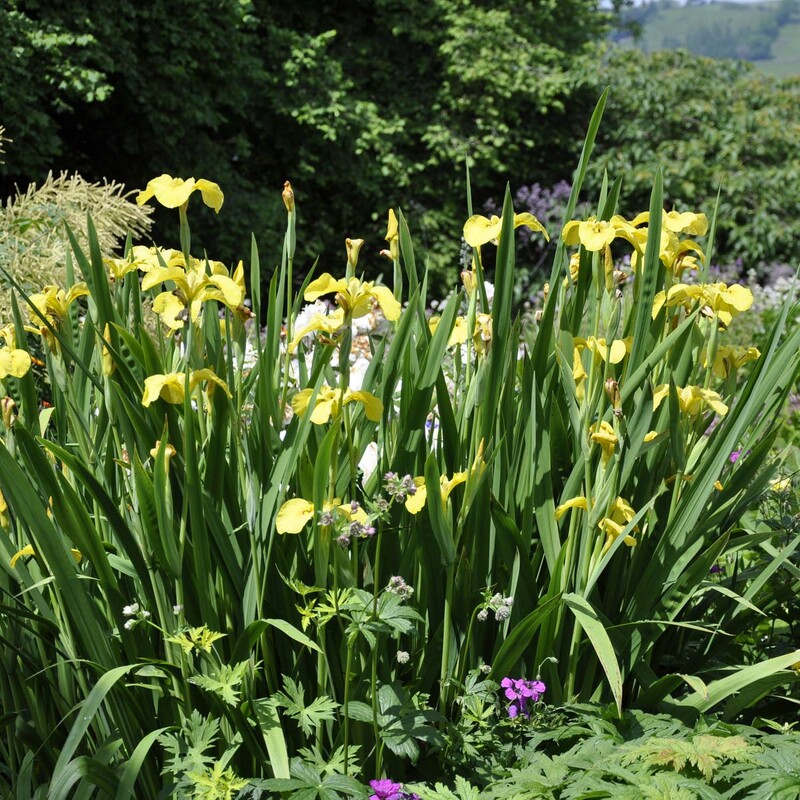
How To Grow Beardless Irises
Beardless irises are irises, quite literately, without beards. The flowers tend to be much more delicate than those of the bearded iris and the foliage is often slender. There are varieties for lots of locations including shade (Iris foetidissima) and wet situations such as Iris Sibirica of which there are lots.
When planting bearded irises the rhizomes needs to be exposed to the sun so that the flowers for next year form. To do this place the top of the rhizome at soil level. If it is planted a little lower, don't worry. We plant all our irises by machine and all the rhizomes are placed just below the soil level. Over the winter the soil settles and the rhizome becomes exposed. The most difficult situation in which to get Bearded irises to grow properly can be in a border. In this situation surrounding plants often grow over the rhizome. One of the best solutions is to plant more than one rhizome of a variety and place the ends of the rhizomes together (the leaves outer most) to form a triangle. This forms a barrier preventing the invasion of other plants.
Beardless irises need no special planting instruction. Simply plant them deep enough to cover the roots.
